The city of Palembang is the capital of the province of South Sumatra, Indonesia.
The history of the main coastal city of Palembang goes back a thousand years to the highly developed Sriwijaya civilization, which ruled large swaths of Southeast Asia. Today, relics from this era – in museums and around town. The river that runs through Palembang attracts locals and tourists alike and offers many spots to relax along its banks and enjoy a gentle breeze.
1- Ampera Bridge
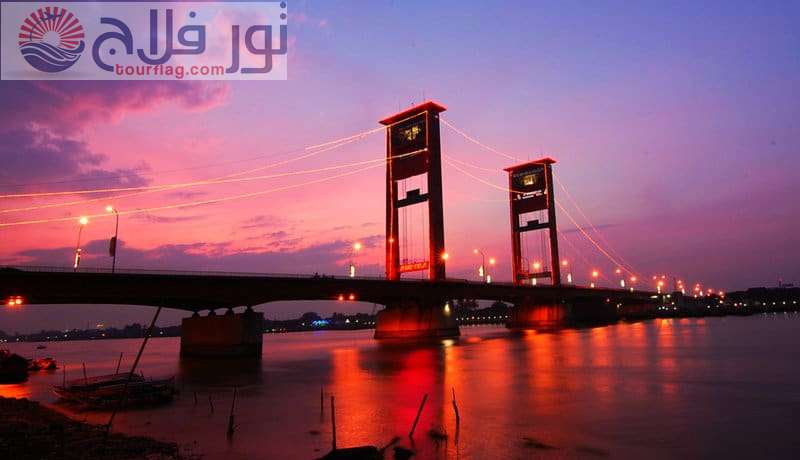
We do not exaggerate when we say that Ampera Bridge is the undisputed icon of modern Palembang. Palembang is a city with rivers flowing in it, so it feels like it is floating on the water; This may be the reason for calling it the “Venice of the East,” and the role of the Empera Bridge in linking the two sides of the city of Filemban, which was opened to the public in 1965 AD, was built on the Mios River, with a length of 177 m.
Walking and standing on the Ampera Bridge will be one of the most beautiful experiences that you will have when you visit the city of Flores; Where you will enjoy the most beautiful view of the sunset, in addition to watching the floating boats and the view of the houses and historical monuments stacked side by side, in view of the most wonderful. If you want to eat a marvelous, delicious local meal; You can go to the market on the left of the Ampera Bridge, about 50 meters away.
2- Kuto Besak
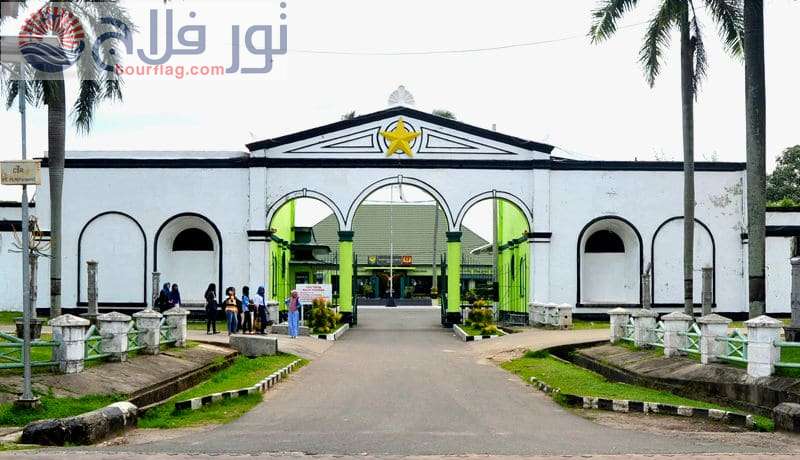
Koto Pisak Fort is one of Sumatra’s most important and most beautiful historical landmarks and the most popular tourist destination within Palembang. Koto Pisak Castle or Fort Koto Pisak is located on Sultan Mahmud Badruddin II Street, in the Ilir Barat district, on the banks of the Musa River.
In the past, the Kotto fortress was used to repel enemies from the city, but now it is used as a headquarters for the Indonesian National Army. While inside the Kotto Pisac fort, do not forget to capture the most beautiful pictures, which will have in the background of the Ampera Bridge with a breathtaking sunset.
3- The Great Mosque of Palembang
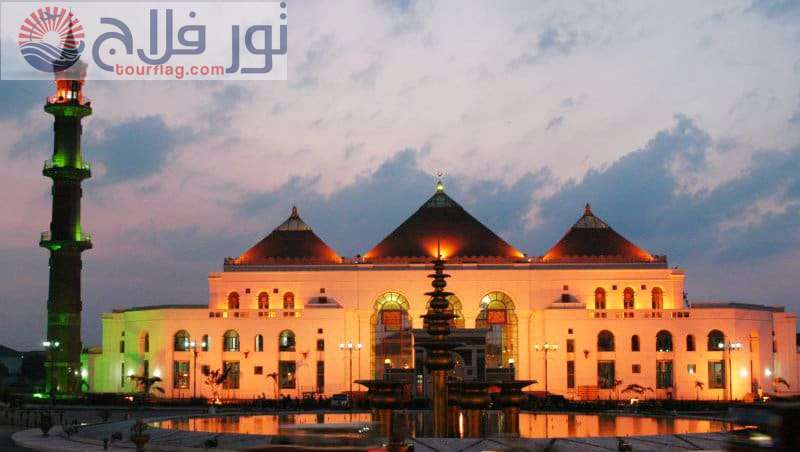
The Filemban Grand Mosque is the largest in the city, and the most important of all, as it is one of the historical mosques; Its construction dates back to the 18th century, and Sultan Mahmoud Badr al-Din established it.
The Great Filemban Mosque is located inside a large village in Flimban, South Sumatra, which Arabs have inhabited for a long time. The secret of the mosque’s distinction is its unique architectural style, which combines art in Indonesia, China, and Europe. The current shape of the Filemban Grand Mosque is the result of the development work carried out on it during the period from 2000 until 2003.
4- Palembang Icon Mall
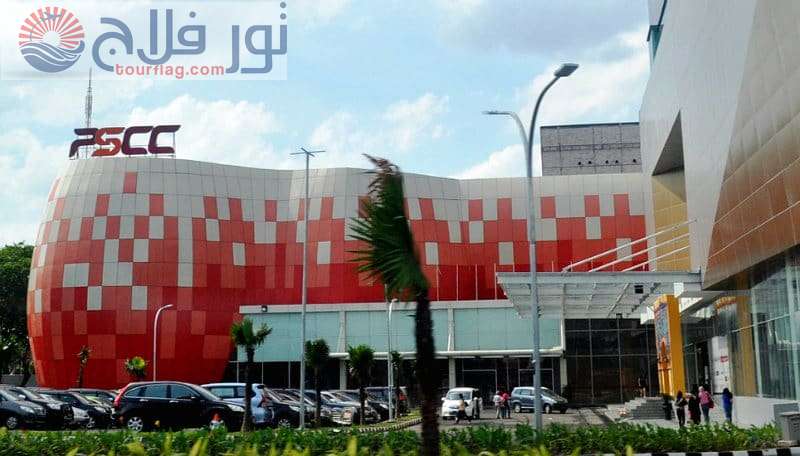
Shopping enthusiasts cannot travel to Sumatra without a visit to the Filipan Icon Mall, the modern retail icon on the island of Sumatra. The mall consists of ground plus five floors, and it also contains a health center.
Filemban Icon Mall provides all entertainment and shopping services, with a variety of the most important local and international brands, whether in terms of clothing, electronics, accessories, etc., in addition to a variety of restaurants and cafes. Filemban Icon Mall enjoys a prime location adjacent to a convention center and a five-star hotel.
5- The Great Qur’an Museum, Al-Qur’an Al-Akbar
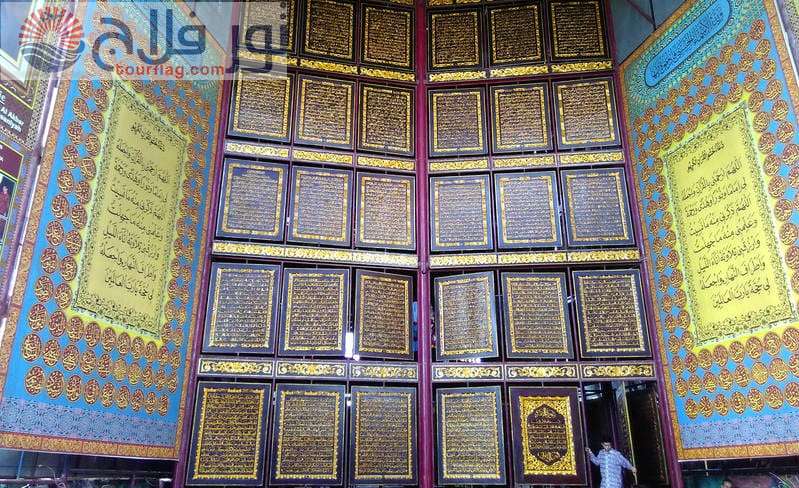
The largest Quran museum in Sumatra
You would miss a great opportunity a lot if you did not visit the largest museum of the Qur’an, which is one of the most important landmarks of Sumatra at all. It suffices for you to know that about a million people have visited this place since 2012, and you will find the largest copy of the Holy Qur’an inside the largest museum of the Qur’an, engraved on wooden panels, its length is 1.77 m, and a width of 1.4 m.
This project was lead by the Indonesian calligraphy artist “Safwat Allah Muhazaib,” and it took about nine years until he was able to completely complete all parts of the Holy Qur’an. It is worth noting that the panels on which the Noble Qur’an was inscribed are of tempiso wood, which is known to last for a long time.


Comment (0)